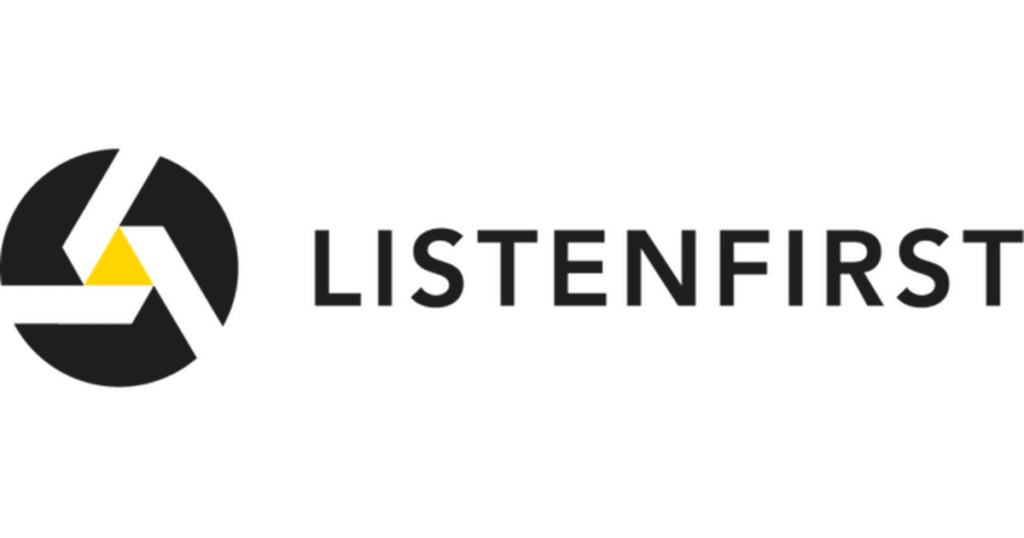Diving In: The White Lotus & the Future of Product Discovery
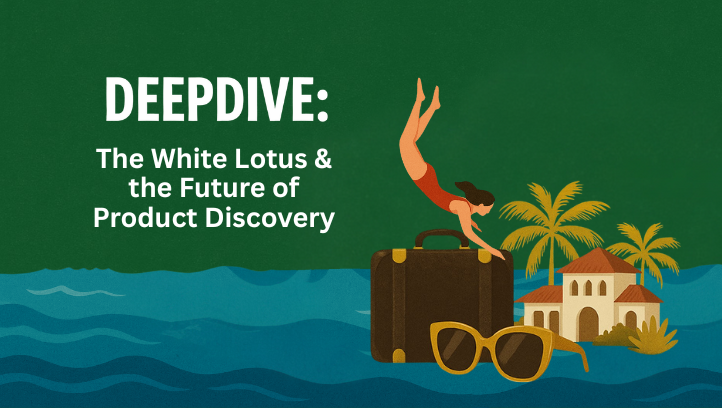
When luxury meets location: How HBO’s The White Lotus is reshaping brand strategy. The third season of The White Lotus is more than a ratings success—it’s a marketing moment. Set in Thailand and centered on a new cast of morally murky vacationers, the show has become a cultural catalyst for fashion brands, tourism boards, and […]
Diving In: Chili’s
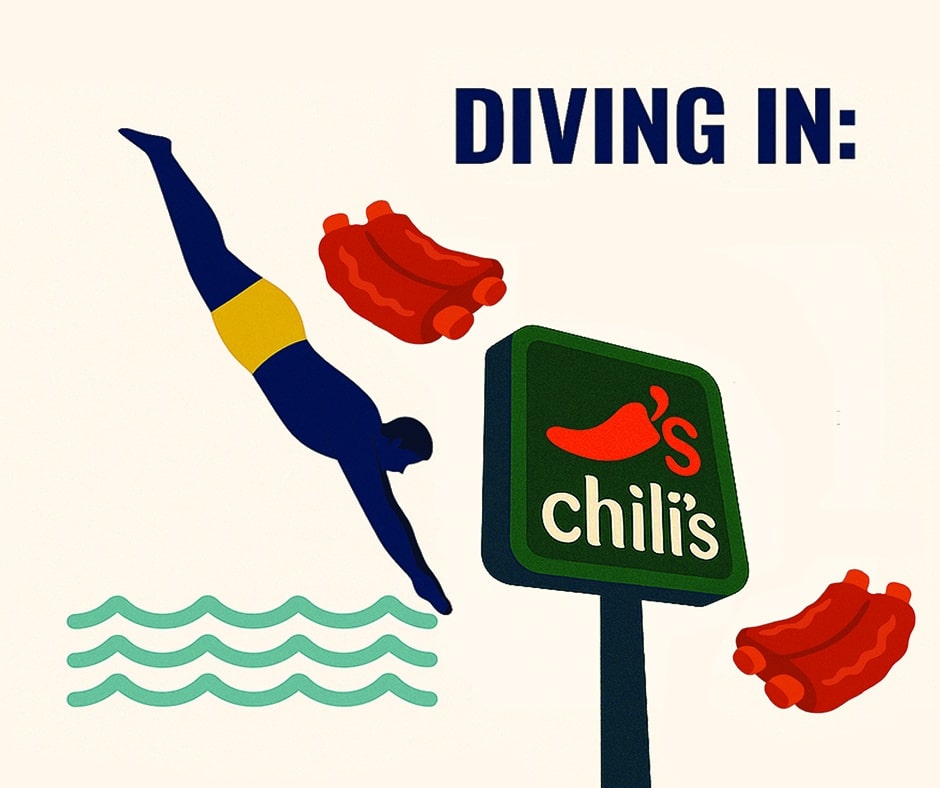
From unhinged tweets to nostalgic pop-ups, Chili’s is proving that brand legacy isn’t a liability—it’s a marketing advantage. Chili’s opened its doors in 1975 as a quirky burger joint in a converted postal station on Dallas’ Greenville Avenue. With a Southwestern flair and a laid-back, neighborhood vibe, the brand quickly expanded, becoming synonymous with casual […]
Diving In: Katy Perry vs. Wendy’s
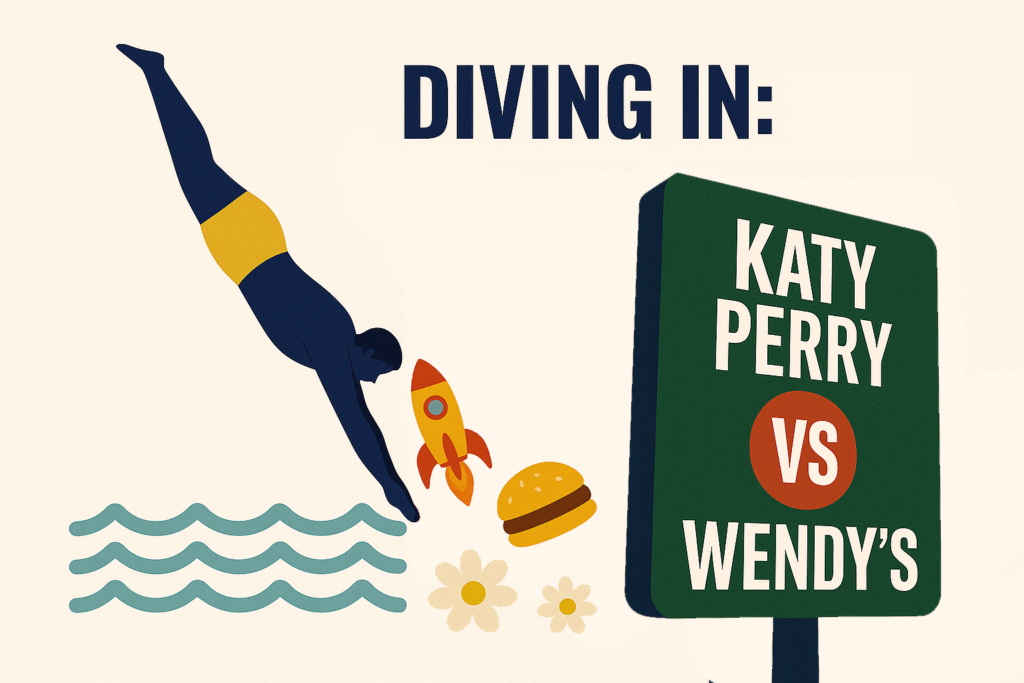
What happens when pop stardom, space travel, and corporate cheerleading collide in 2025? Katy Perry’s recent Blue Origin space flight has triggered one of the year’s clearest case studies in backlash culture and brand volatility. Meant to be an inspirational moment—spotlighting female astronauts and “empowering content”—Perry’s journey quickly veered off course as fans and followers […]
Diving In: Factory to Consumer – TikTok vs. Luxury
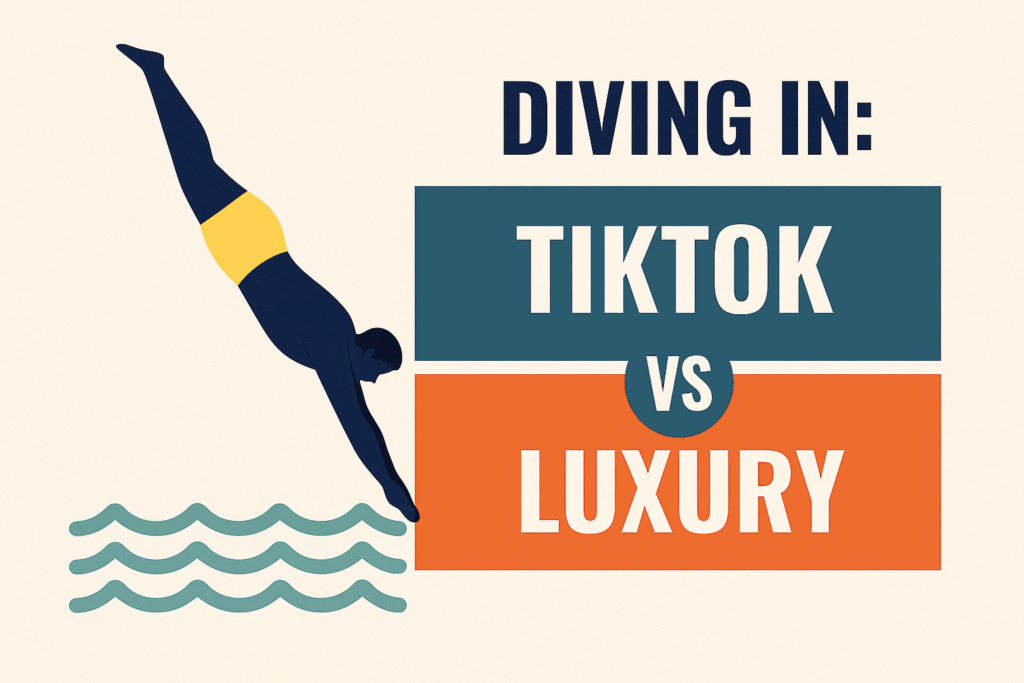
The Factory Feed: How TikTok Is Rewiring the Fashion Narrative From the Inside Out For decades, luxury fashion relied on mystique: heritage branding, vague references to craftsmanship, and the aura of exclusivity. But TikTok isn’t buying it anymore. A wave of Chinese manufacturers is going viral by revealing what they claim are iconic designer goods’ […]
Diving In: State of Social & Beyond: Video Game Industry
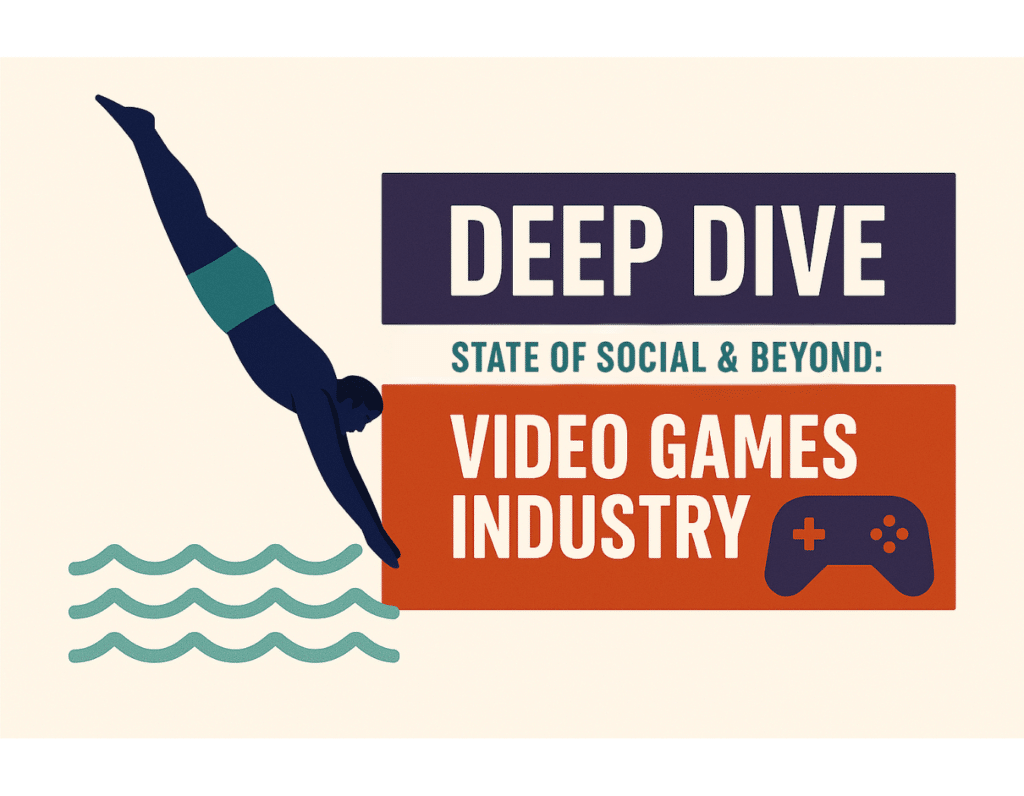
The State of Gaming on Social: Why 2024 Marked a Major Reset for Video Game Marketing The video game industry in 2024 stood at a powerful inflection point. Globally, the industry generated a staggering $184.3 billion, showing a slight but telling 0.2% year-over-year increase, according to GamesIndustry.biz. That kind of steady growth amid a rapidly […]
Diving In: Performance vs. Brand Awareness
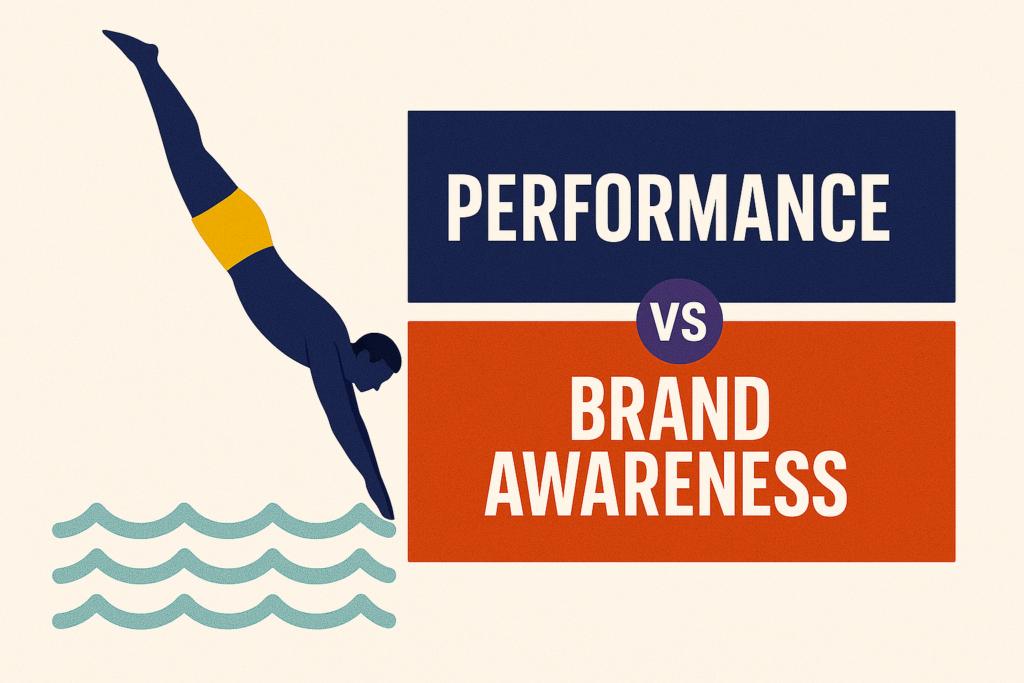
Performance vs. Brand Awareness? Brand Builds the Hype. Performance Seals the Deal. Brand builds the hype. Performance seals the deal. The smartest marketers know you need both. For years, marketers have felt forced to choose between building long-term brand equity and chasing short-term ROI. But new insights from TikTok + Tracksuit, Ogilvy Social.Lab, and Pretty […]
